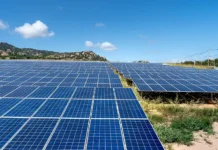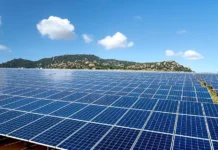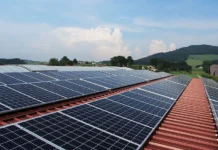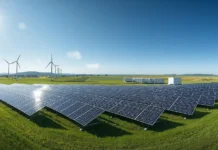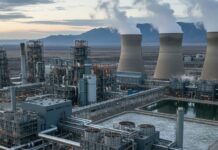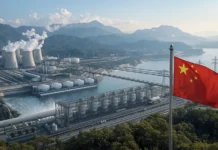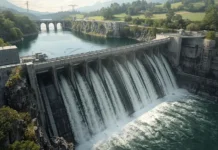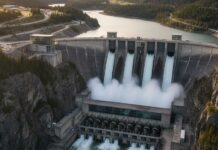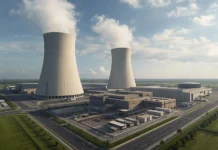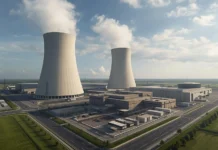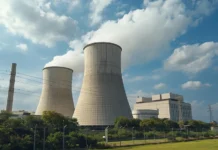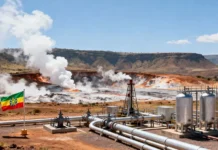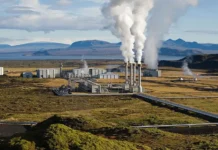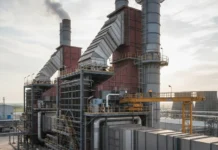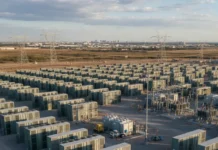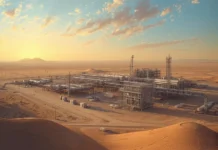Coal mining projects worldwide have been identified as the major contributors to the 6.34 giga tonnes of C02, expected to be emitted by 2020.
A report published by Greenpeace International singles out China and Australia as the chief contributors with a combined 2.6 giga tonnes of CO2 emissions by the end of the decade.
“Burning the coal, oil and gas from these 14 projects would significantly push emissions over what climate scientists have identified as the ‘carbon budget’, the amount of additional CO2 that must not be exceeded if we are to keep climate change from spiralling out of control,” the report said.
China has a pipeline of coal projects that are estimated to produce 620 million tonnes of coal by 2015 while Australia plans to expand coal exports to 408 million tonnes by 2025.
As per UN estimates, rise in global temperatures must be below 2 degrees to evade adverse impacts of climate change, whereas at current rates the increase could be by 5-6 degrees by the end of the 21st century.



